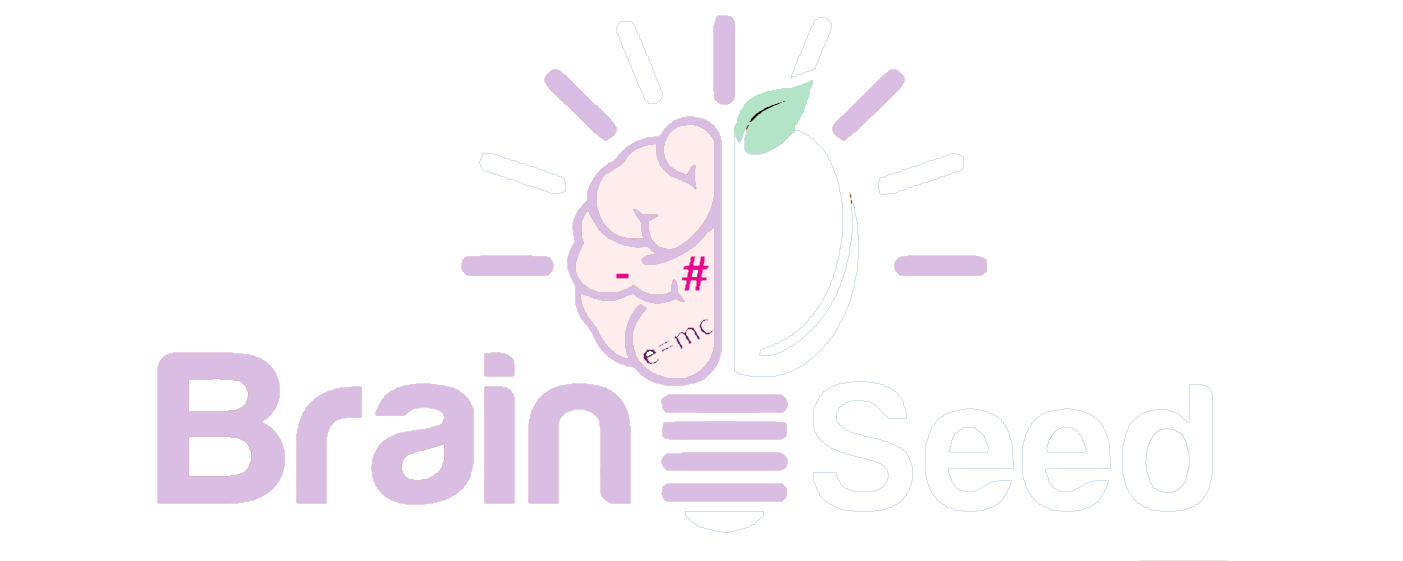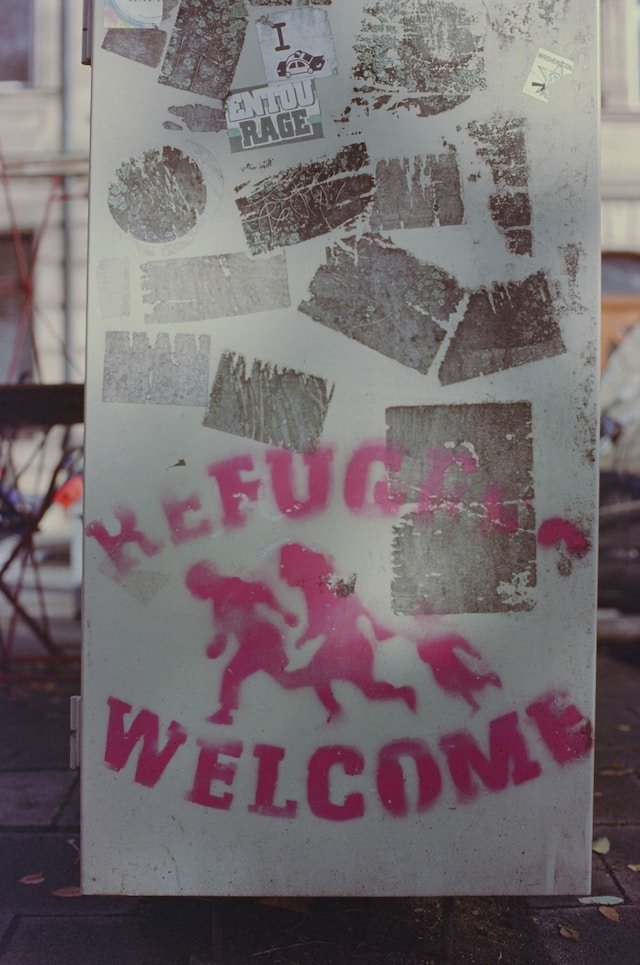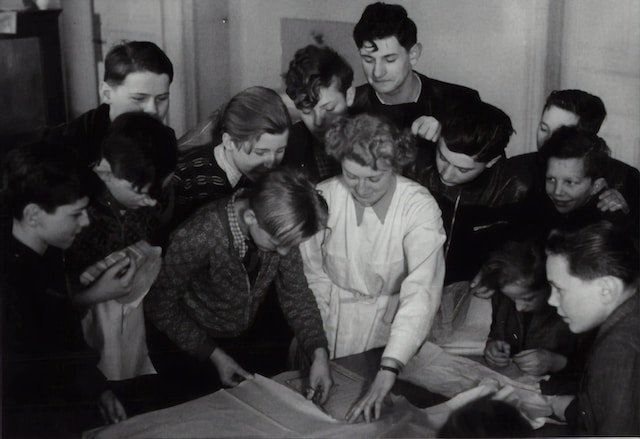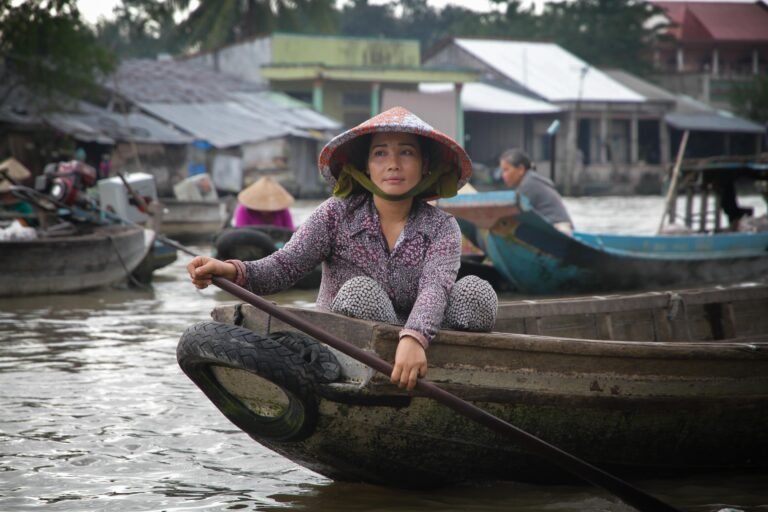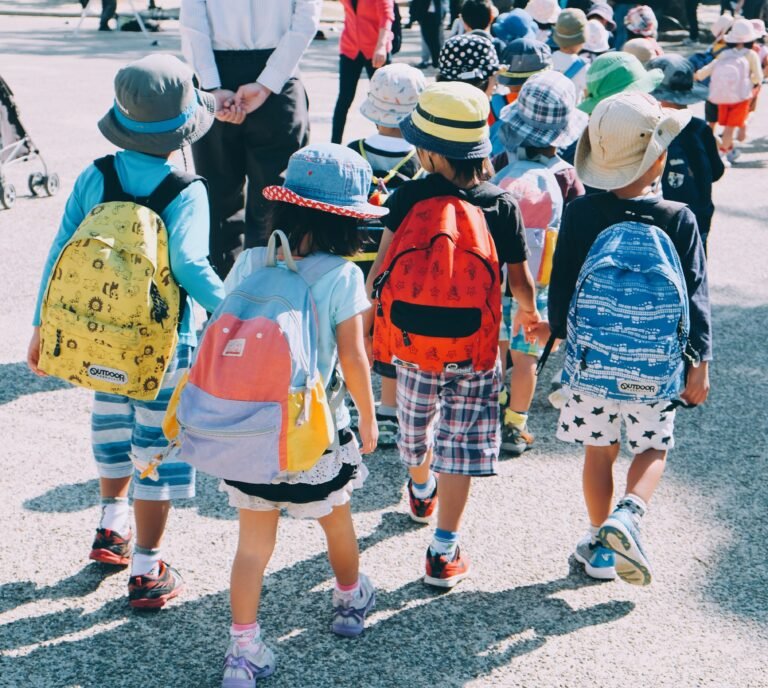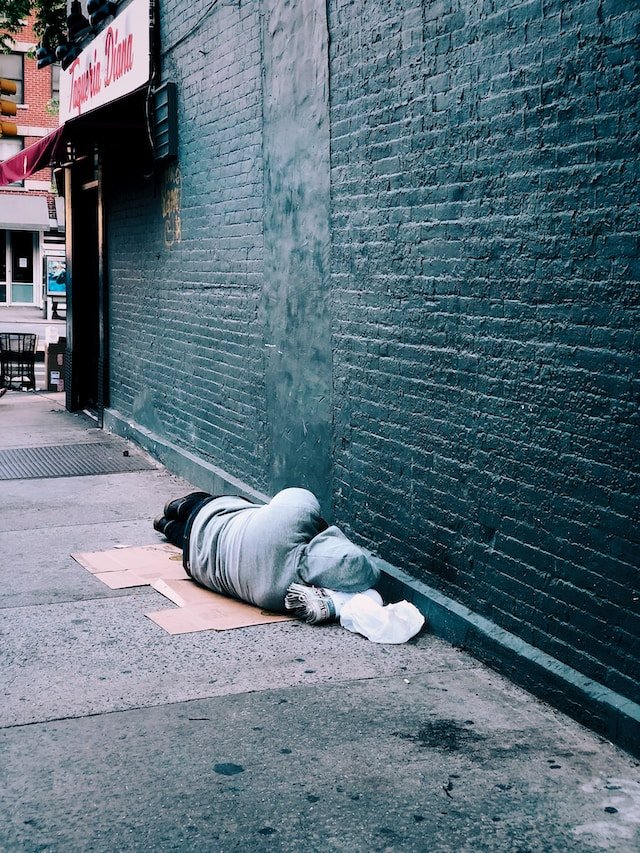The use of drama to explore the experience of Hong Kong’s refugees and asylum seekers
Drama has long been used as a powerful tool for exploring social issues, and one significant issue in Hong Kong is the experience of refugees and asylum seekers. Using drama, we can gain a better understanding of the challenges faced by these individuals and raise awareness about the need for greater support and compassion for refugees and asylum seekers in Hong Kong.
Exploring the Refugee Experience
Drama can be a potent way of exploring the experiences of refugees and asylum seekers in Hong Kong. By telling their stories through a dramatic lens, we can gain insight into the challenges they face in their daily lives, including issues like separation, isolation, and uncertainty about their future. Through drama, we can also delve into the complex personal and psychological impact of being a refugee or asylum seeker in a new and unfamiliar country.
One example of a play that has explored the refugee experience in Hong Kong is “A Dream Like Mine,” which tells the story of a young girl who flees her home country and seeks asylum in Hong Kong. The play portrays the challenges she faces in adapting to a new culture and language, as well as the personal cost of living in a state of limbo as she waits for a decision on her asylum claim. Through powerful storytelling and nuanced performances, the play gives voice to the experiences of refugees and asylum seekers in Hong Kong.
Raising Awareness and Compassion
In addition to exploring the refugee experience, drama can also be used to raise awareness and compassion for refugees and asylum seekers in Hong Kong. By bringing their stories to life on stage, we can help humanize these individuals and challenge negative stereotypes and biases.
One example of a theatrical production that seeks to raise awareness and compassion for refugees and asylum seekers in Hong Kong is “The Refugee Journals,” a multimedia performance that combines personal testimonies with music, dance, and visual art. The production aims to give voice to the experiences of refugees and asylum seekers, while also highlighting the broader social and political issues that contribute to their marginalization and vulnerability.
Another example is the “Refugee Film Festival,” which showcases a range of films and documentaries that explore the experiences of refugees and asylum seekers around the world. Through this festival, audiences can gain a better understanding of the challenges faced by refugees and asylum seekers, as well as the resilience and strength that they exhibit in the face of adversity.
Conclusion
In conclusion, drama can be a powerful tool for exploring the experiences of refugees and asylum seekers in Hong Kong, as well as raising awareness and compassion for their struggles. Through powerful storytelling and nuanced performances, we can gain insight into the challenges faced by these individuals and challenge negative stereotypes and biases. As Hong Kong continues to grapple with issues related to refugees and asylum seekers, we must continue to engage with drama for the purpose of promoting greater understanding, compassion, and social change.
Are you looking for a fresh and exciting way to engage your school’s drama program or your child’s creativity? Try YouTube drama! It’s a fun and modern way for students to create and perform in their own videos. YouTube drama is flexible, convenient, and can even reach a wider audience. Plus, it teaches valuable skills like video production, editing, and storytelling. Click here to learn more about how YouTube drama can benefit your school’s drama program.
